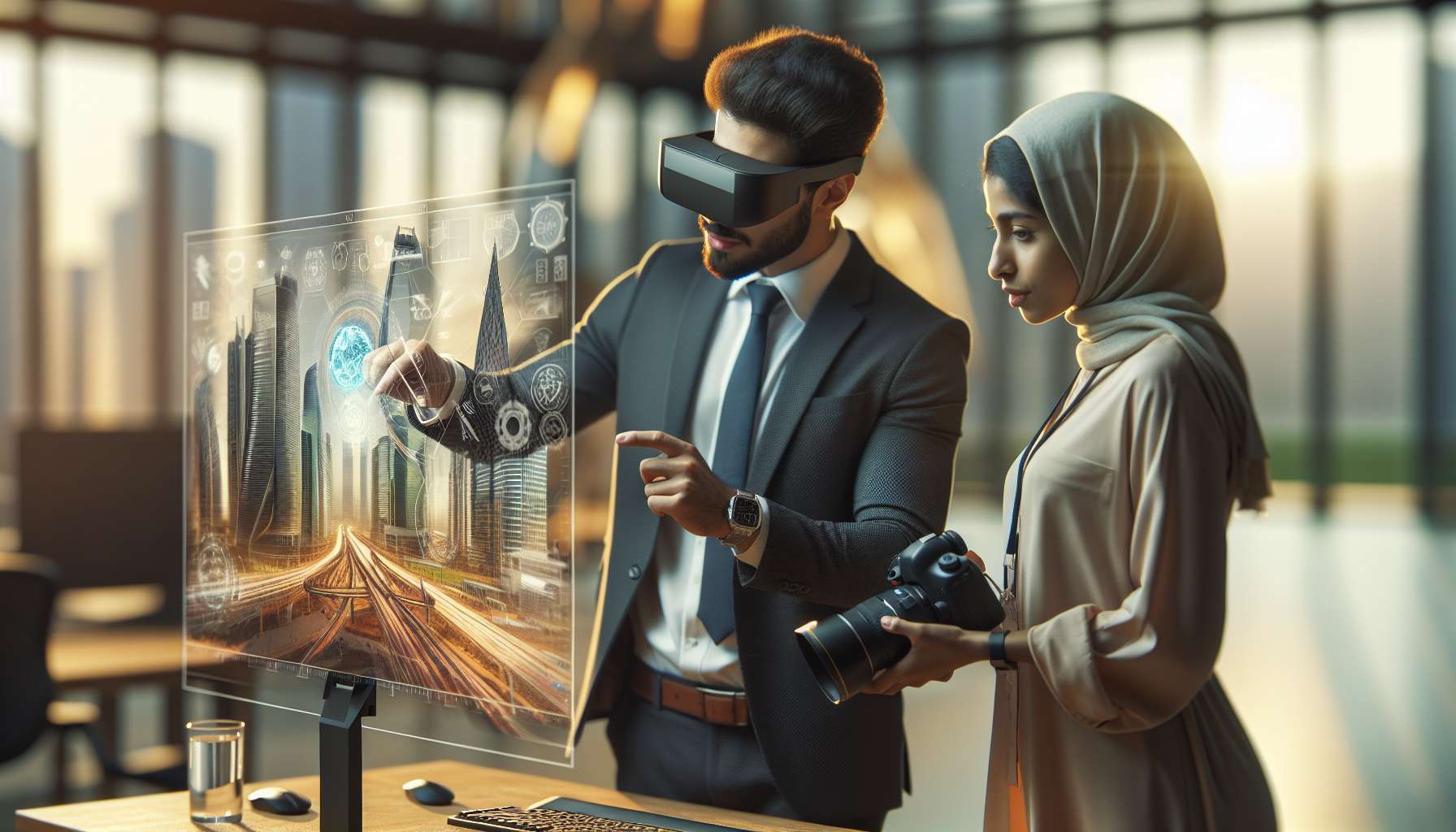Revolutionizing Automotive Engineering Efficiency with Augmented Reality
As technology continues to advance at an unprecedented pace, industries across the board are embracing innovative solutions to enhance their operations. One such industry that has seen remarkable progress is automotive engineering. With the advent of augmented reality (AR), automotive engineers now have a powerful tool at their disposal to revolutionize their work processes and significantly improve efficiency.
Understanding Augmented Reality in Automotive Engineering
Before we delve into the practical applications of AR in automotive engineering, let’s first understand what augmented reality is. Augmented reality is a technology that overlays digital information onto the real world, enhancing our perception and interaction with our surroundings. By using AR devices such as smart glasses or mobile devices, engineers can visualize and manipulate virtual objects in real-time, seamlessly integrating them into their physical environment.
Streamlining Design and Prototyping
One of the key areas where AR is making a significant impact in automotive engineering is in the design and prototyping phase. Traditionally, engineers would rely on 2D drawings and physical prototypes to visualize their designs. However, with AR, they can now create virtual 3D models and view them in real-world settings. This allows engineers to identify design flaws, make necessary modifications, and iterate quickly, saving both time and resources.
Furthermore, AR enables engineers to collaborate remotely, breaking down geographical barriers. With shared AR experiences, teams can work together on a virtual prototype, providing real-time feedback and making informed decisions. This not only accelerates the design process but also fosters collaboration and innovation.
Efficient Assembly and Maintenance
AR is also transforming the way automotive engineers approach assembly and maintenance tasks. By overlaying step-by-step instructions onto physical objects, AR guides engineers through complex assembly processes, reducing errors and improving efficiency. This technology ensures that engineers have access to the right information at the right time, minimizing the need for extensive training and improving overall productivity.
Moreover, AR can assist engineers during maintenance and repair operations. By scanning a vehicle using AR devices, engineers can access relevant information about the car’s components, identify faulty parts, and receive real-time guidance on how to fix them. This not only speeds up the maintenance process but also reduces downtime and enhances customer satisfaction.
Training and Skill Development
AR is proving to be a game-changer when it comes to training and skill development in the automotive engineering industry. By simulating real-world scenarios, AR enables engineers to practice complex procedures in a safe and controlled environment. This immersive training experience enhances learning outcomes and equips engineers with the necessary skills to tackle challenging tasks confidently.
Furthermore, AR can provide real-time performance feedback, allowing engineers to track their progress and identify areas for improvement. This continuous learning approach ensures that automotive engineers stay up-to-date with the latest technologies and industry best practices, ultimately driving innovation and efficiency.
The Future of Automotive Engineering Efficiency
As we look ahead, the potential of AR in enhancing automotive engineering efficiency is truly exciting. With advancements in artificial intelligence and machine learning, AR systems will become even more intelligent and intuitive, adapting to engineers’ needs and providing personalized assistance. We can expect to see further integration of AR with other emerging technologies such as Internet of Things (IoT) and cloud computing, creating a seamless ecosystem that optimizes automotive engineering processes.
In conclusion, augmented reality is revolutionizing the automotive engineering industry by enhancing efficiency across various stages of the engineering lifecycle. From design and prototyping to assembly, maintenance, and training, AR is empowering engineers to work smarter, faster, and with greater precision. As more automotive companies embrace this technology, we can anticipate a future where AR becomes an indispensable tool for automotive engineers, driving innovation and propelling the industry forward.





